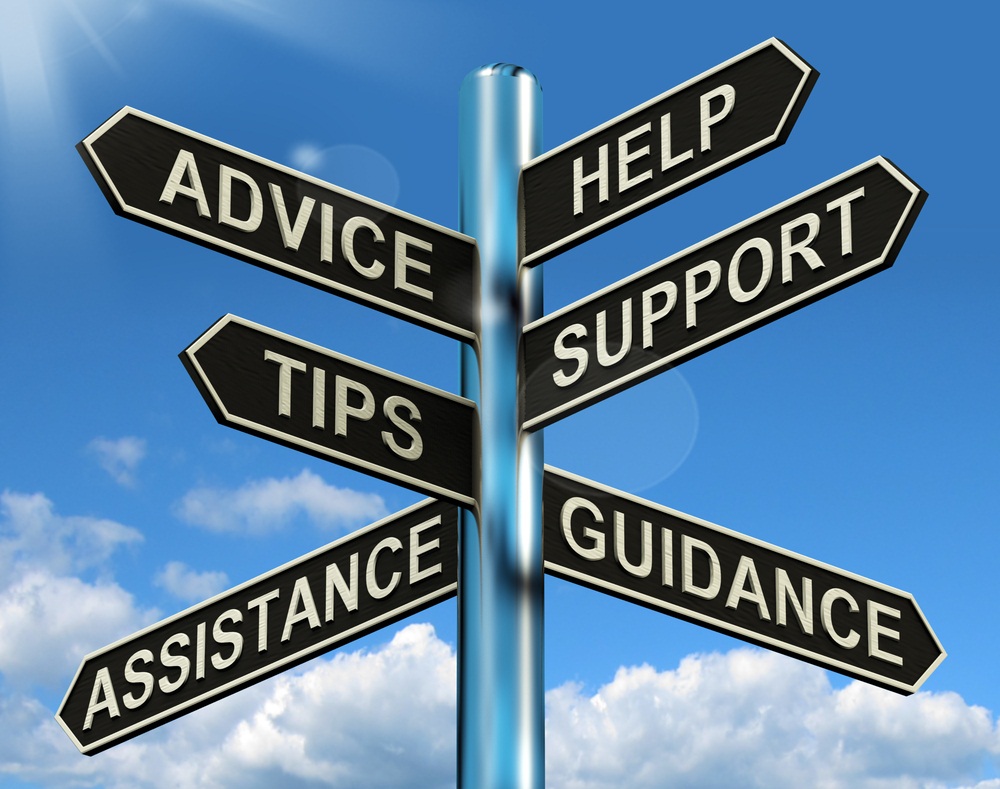|
|
CategoriesAll Business Topics Did You Know That? Google & SEO Inspiration & Motivation Quotes Quote Of The Day Social Media What Do You Think Francine A. AuthorWelcome to my Blog. Disclaimer: I am not an expert on the subjects posted on this blog and is merely sharing from either personal experience, articles or other networking sources. Content is intended only as useful tips and resources for business owners and all who visit this blog. Subjects will vary from time to time. NOTE: Some posts may contain affiliate links to products I really love and recommend, which means I may receive a small commission, at no extra cost to you. I will use the earnings to maintain this blog and business. Archives
March 2023
|
© PRESTO VIRTUAL ASSISTANCE SERVICES
Privacy Policy


 RSS Feed
RSS Feed
